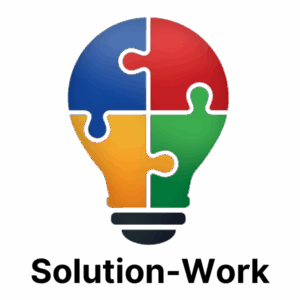Artificial intelligence is raising enormous expectations in many companies. However, in order to not just do “anything with AI”, but to use the technology of the future in a targeted manner for the company’s success, they need an AI strategy. Pegasystems explains its cornerstones.
From the use of the term “AI” as a buzzword and the hope of improving products and services to the successful use of future technology in meaningful implementations, companies generally go through a development process. An AI strategy is a prerequisite for accelerating this development and reaping the full benefits of AI.
In the experience of Pegasystems, a provider of innovative software for drastically simplifying complex work processes, an AI strategy is based on four pillars that C-level management must establish, strengthen and orchestrate:
- Use cases: AI is not an end in itself and only contributes to the company’s success if it is used in the right context.
The most important prerequisite for this is the continuous identification of strategic use cases – after all, AI activities should not just be limited to a few pilot projects, but should continue to improve processes, products and services.
To achieve this, AI must be firmly integrated into the operating models and associated processes, particularly in the product and service lifecycles.
A continuous improvement process helps to constantly identify new use cases, which are then evaluated and prioritized – based on benefits, costs and feasibility, among other things. - Employees: AI is not just a technology issue, because the development and use of responsible AI requires new skills and specialists.
However, the task of AI experts is not just to develop and train AI, but also to explain to people how it works and how it affects everyday working life and society.
Employees need to understand the benefits of AI systems for their work and the company’s success so that they accept the new tools and trust their recommendations.
These transformation and change processes take time and can only succeed in close cooperation with the HR department. - Data: Without data, there is no AI – that is the simple truth.
For each use case, companies must clarify whether they have the data required for implementation or whether they can obtain it.
However, as data volumes grow, so do the demands on data management and data governance – two disciplines that have often been neglected in the past.
Companies need a strategic approach to increase data quality, keep data available and provide it with sufficient performance where it is needed.
At the same time, they must protect data from misuse and loss and ensure that regulatory and legal requirements such as the GDPR are met.
The selection of suitable architectures and platforms is key here. - Center of Excellence: With a Center of Excellence (CoE), AI initiatives in companies can be driven forward faster and more successfully.
In the CoE AI, companies pool their AI expertise so that qualified and experienced employees in all areas of the company can provide support for AI projects.
They help with the identification of use cases, the selection of tools and platforms, the development and training of algorithms, the operation of solutions and project management.
Experts contribute best practices, know what works and where pitfalls lurk.
At the same time, the CoE helps to discover and develop AI talent within the company – after all, AI specialists are rare and difficult to recruit on the open market.
“AI has long since left the hype stage and has proven itself in countless use cases,” emphasizes Florian Lauck-Wunderlich, Project Delivery Leader at Pegasystems. “It is therefore high time for companies to take a coordinated approach to the topic and stop wasting their resources on countless independent projects and initiatives. An AI strategy helps to steer all activities in an orderly fashion and use AI in a targeted manner for the long-term success of the company.”













